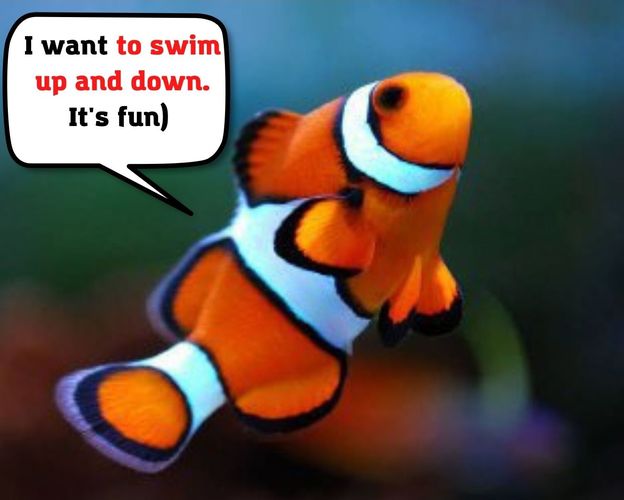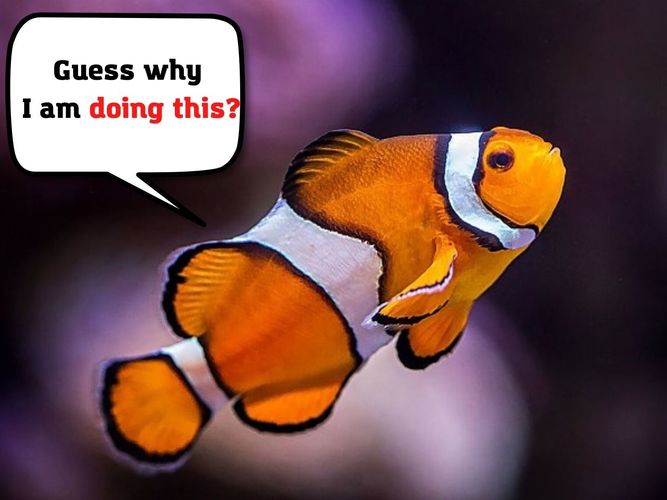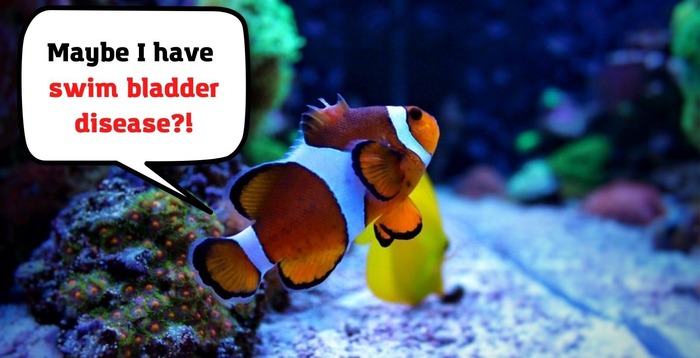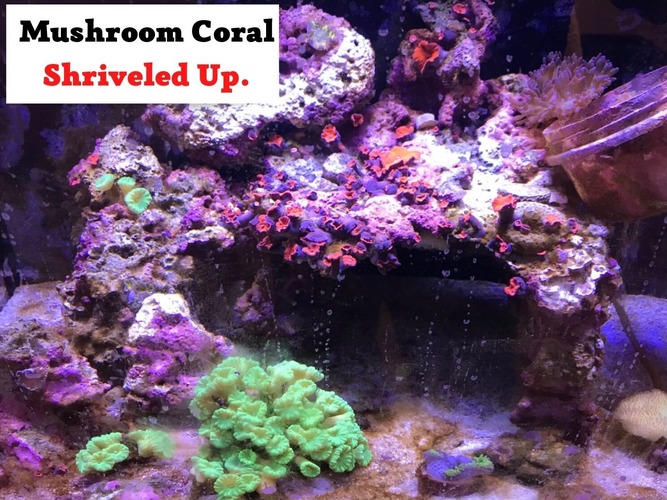
Clownfish are a marvel. Their color combinations and agility make them ideal for aquarists and fish lovers globally. Their swimming patterns and habits are a usual response to external stimuli in their immediate environment. But when your pet clownfish is swimming up and down, what is wrong, and what can you do?
This article explains the different swimming patterns of clownfish and the probable causes of the swimming patterns. It also answers some other related questions about other implications of the swim patterns.
At the end of this post, you will know:
- Some usual swimming patterns of clownfish;
- The causes of their distinct swimming patterns;
- What you can do about it.
Let’s get started!
About Clownfish
Clownfish belong to the subfamily Amphiprioninae in the family Pomacentridae. They are sometimes called anemonefish because they make great tank mates with anemones and have been found to have a symbiotic relationship with anemones. The anemone protects the clownfish from predatory attacks by providing shelter and warding off predators. It also provides the clownfish with the scraps of dead tentacles and leftover meals to feed on. At the same time, the clownfish defends the anemone from its predators.
Why Do Clownfish Swim Up And Down

If you find your clownfish in the habit of darting up and down, stress is one most likely cause for this behavior. Reasons your clownfish may be under stress are as follows.
Bad water condition
Maintaining the right water condition is critical to relieving your clownfish of stress. It would help reduce the built-up chemical waste accumulated over time in your aquarium. Partial change of the water on a routine basis is one great way to do this.
Faulty water filters may also cause poor water conditions, adversely affecting your clownfish. You may also have to check your water filters and pumps to ensure they’re in working condition.
Overcrowding
Some fish are hardy species and will continue to exhibit their usual characteristics even in overcrowded aquariums. This is not the case with clownfish. If the tank has too many fish inhabiting it, clownfish tend to be stressed when many fish are kept in the tank.
When the tank is overstocked, the comfortable host spots of the clownfish may no longer become available as intruders may likely take it up. Also, overcrowding the aquarium with multiple fish will make it difficult to maintain stable water conditions as some species usually release more waste than others. This could lead to an increase in the rate of pollution as there will be a reduction in the ability of microbes to process all the fish waste effectively.
Overfeeding
Stress levels of the fish may also be caused by overfeeding. Overfeeding may lead to contamination of the water. This can also induce stress for your clownfish.
Vertical swimming
This swimming pattern is usually not something to be worried about. You may find your clownfish swimming vertically for the following reasons.
When they find an anemone
Anemones and clownfish are known to have a great symbiotic relationship. One of the main reasons this is possible is because the clownfish usually swim vertically in the same spot in the presence of the anemone to release its scent to the anemone. It does this to get familiar with the anemone. This process usually entails a release of mucus from the clownfish, which helps protect it from the anemone’s stings.
However, clownfish can do well without anemones. The fact that anemones make a great tank mate for clownfish or that clownfish swim vertically in one spot to get familiar with the anemone does not mean that clownfish cannot survive without anemones. They can be just fine without anemones. This swimming behavior is so because they usually live in anemones as they find them as safe host spots. If they find other parts of the tank safe and comfortable, they will similarly be drawn to those spots.
When they find a comfortable spot
Clownfish are in the habit of sticking to a specific spot that they find comfortable. The reason for the attachment to the spot may be the flow of the amount of light in the precise spot or some other reason that makes the clownfish feel safe in the spot. It is not surprising that they have a sense of attachment to that particular part of the tank. It could be a corner of the tank, a rock, a coral, or an anemone.
There is absolutely nothing to be alarmed about when you find your clownfish swimming vertically in one spot. Sooner or later, it will return to its regular swimming pattern.
Swimming at the top of the tank

You may also find your clownfish swimming at the top of your aquarium. Although this is not unusual, below are some possible reasons for this swimming behavior.
Low Oxygen Levels
If you find your clownfish swimming at the top of the tank, one possible reason for this swimming behavior is to obtain oxygen at the top of the tank.
They usually do that in an attempt to access and obtain enough oxygen.
Clownfish swimming at the top of the tank indicates that the tank’s oxygen levels are low. This may also be an indication that the water parameters of your tank are off.
It would be best to correct this by filtering the water or changing it to cleaner water. You may also have to ensure the right pH and the heat levels in the water to ensure optimum oxygen levels and good aeration. These will make oxygen readily available to your pet clownfish.
Introducing new clownfish
If you introduced new clownfish to your aquarium, you might also find them swimming to the top of the tank now and then.
They do that as a part of the acclimatization process to familiarize themselves with the new environment and search for a great host spot.
Swimming Sideways
Your clownfish may be suffering from swim bladder disorder if you find it swimming sideways, with its nose up or head down. The most significant sign to watch out for is that the clownfish can no longer swim properly.
You may find your fish lying on the water surface, swimming sideways instead of around its host spot. You may also find it struggling to keep a stable position, floating at the top of the tank, or sinking to the bed with its head upside down.
Other symptoms include a swollen belly and a curved back. The affected clownfish may also experience loss of appetite, but this may not be so in all cases. However, if the buoyancy problem becomes serious, the clownfish may not normally feed again nor reach the water’s surface again.
All these symptoms are an indication that your fish is suffering from swim bladder disorder.
Swim bladder disease

The term “swim bladder disease” is narrowly mislabeled. It is a syndrome that is no more than clinical signs secondary to a disease process. The preferred terminology should be “Negative or positive buoyancy disorder”. The swim bladder fails to perform its normal functions due to disease, physical abnormalities, incorrect water parameters, or other reasons that cannot be deduced.
The swim bladder is the organ in the fish that helps the fish control its buoyancy and stay at a water depth without wasting energy to swim.
Treatment
Pointedly, reduce all the known stress-causing factors. You may switch off the lights for a few hours to help the fish rest instead of spending more energy trying to swim. Usually, depending on buoyancy disorder, the fish may recover in a few hours.
Prevention
It is a fact that poor water conditions cause clownfish and other fish, in general, to be vulnerable to diseases. There is no better prevention method than cleaning your aquarium. Routine water change can also help to prevent swim bladder disorder.
Increasing the water temperature can also help your clownfish with digestion and prevent constipation and other likely causes of a swim bladder disorder.
It would be best to feed your clownfish only high-quality food. It would also help soak dried foods well enough for a few minutes before giving them to the fish. Use more sinking foods than floating foods. This will reduce the need for your fish to swallow air from the surface while eating.
Conclusion
For your clownfish to continue to exhibit only safe swimming behavior, the need for proper water condition in the tank cannot be overemphasized. Also, the stability of the proper water condition is equally important as the need for proper water condition.
Overall, the habitat parameters and the presence of anemones also influence the swim patterns of clownfish. But this does not mean that they need anemones to survive. They can do just fine in tanks without anemones.
Proper aquarium maintenance routine and avoiding overcrowding and overfeeding are important for your clownfish to exhibit only safe swimming behavior.
- Snail Mantle Collapse – Here’s What Every Pet Owner Should Know - April 2, 2023
- Algaefix Killed My Fish – What Have I Done Wrong? - March 2, 2023
- How Long Can Live Rock Be Out of Water? And What Will Happen Then? - February 2, 2023




